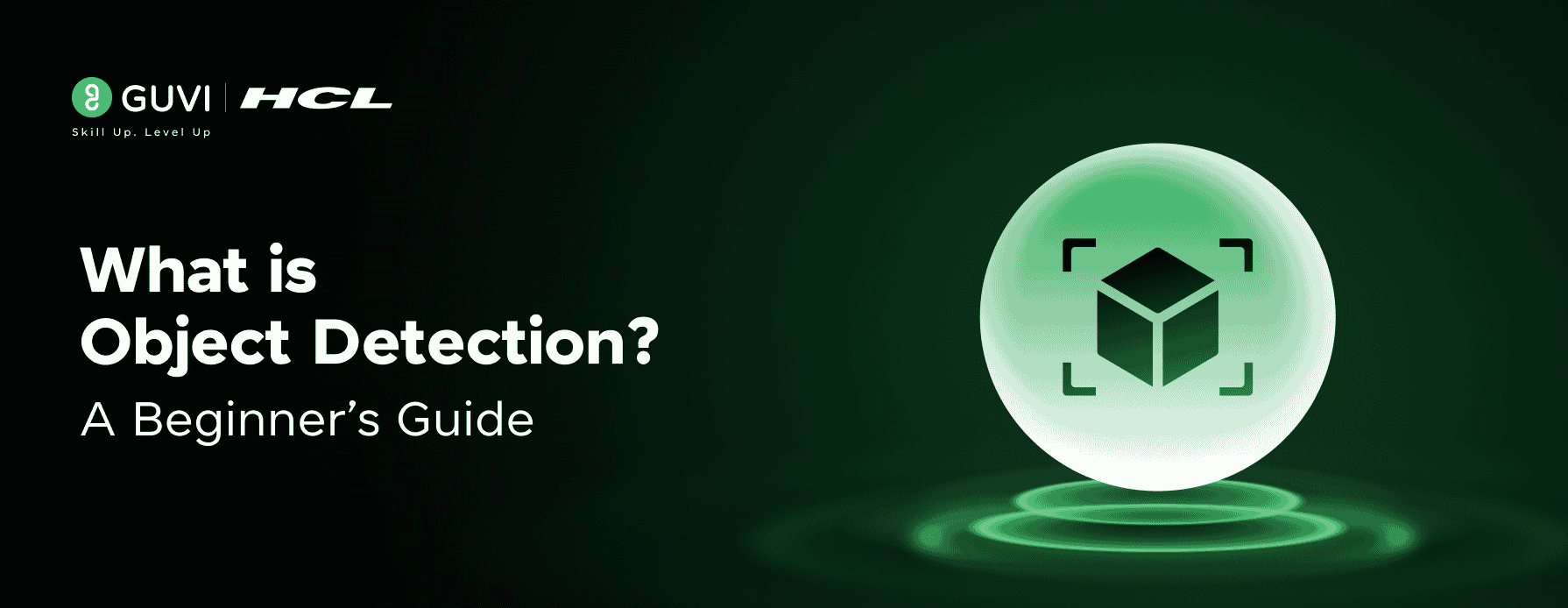
What is Object Detection? A Beginner’s Guide [2025]
Sep 09, 2025 4 Min Read 1278 Views
(Last Updated)
Have you ever wondered how a ball is tracked in a live cricket match? How is a self-driving car able to identify objects while on the road? All this happens through an amazing technique called ‘OBJECT DETECTION’.
But it can be a little confusing for beginners to understand all its hows and whys. Hence, in this blog, I’m going to give you an idea of how this works in the real world. I’m going to start with what object detection is and give you an explanation with very simple examples. We are also going to learn about some of the Deep learning techniques used for Object detection. Let’s get started…
Table of contents
- What is Object Detection?
- What’s happening under the hood?
- Why Object Detection Matters
- Must-Know Techniques used for Object Detection
- Machine Learning (ML)-Based
- Deep Learning (DL)-Based
- Deep Learning Techniques
- YOLO - A State-of-the-Art Object Detection Algorithm
- Step 1)
- Step 2)
- YOLO Architecture and step-by-step working
- YOLO in Action – Step by Step
- Real-Life Object Detection Applications
- 1) Self-Driving Cars
- 2) Sports Analytics
- 3) Medical Imaging
- Tools You Can Try as a Beginner
- Concluding Thoughts…
What is Object Detection?
As the name suggests, Object Detection is all about detecting objects in a visual scene. These could be people, animals, cars, furniture, accessories, traffic lights, buildings—you name it. Object Detection is a computer vision task that detects objects in images and videos.
The motive of Object detection is to recognize, identify, and localize all the known objects in the still image or video data. This information from the object detector is used for wide applications in the real world, and Data scientists play an important role in building algorithms using Deep Learning techniques.
What’s happening under the hood?
You’re essentially telling the computer:
- What is present in an image (classification), and
- Where it’s located (localization)
This combination makes object detection a powerful subdomain of Computer Vision. It’s used in everything from medical imaging to facial recognition, self-driving cars to factory automation.
Why Object Detection Matters
You might ask, “Why should I even care about object detection?”
Well, here’s how it directly impacts your life:
- Your face unlock feature? Object detection.
- Virtual try-on filters on Instagram? Object detection.
- Ball tracking in sports? You guessed it—object detection.
- Security surveillance? Yep, again.
The ultimate goal is to recognize, classify, and localize objects in real-time from static images or continuous video feeds.
Must-Know Techniques used for Object Detection
Object Detection can be done using two approaches: Machine Learning and Deep Learning.
1. Machine Learning (ML)-Based
In Machine Learning, the data is entered manually for classification. It is taken as supervised machine learning, so the pre-trained models are used to trigger the object detectors. In ML, you extract features like color, edges, shapes manually, and then use models like:
You rely heavily on feature engineering, which means you’re handpicking what data should matter. Pretrained models are often used here, and it’s usually supervised learning.
2. Deep Learning (DL)-Based
This is the modern standard. In deep learning, automatic feature selection is done using convolutional neural network methods. Deep learning models like Convolutional Neural Networks (CNNs) automatically learn useful features without manual effort. It’s faster, more scalable, and more accurate.
Summary:
| Feature | Machine Learning | Deep Learning |
| Feature Selection | Manual | Automatic (CNNs) |
| Accuracy | Moderate | High |
| Scalability | Limited | High |
| Popular Models | SVM, HOG | YOLO, SSD, R-CNN |
NOTE: In this blog, you’re focusing on deep learning techniques, since they power most real-world object detection systems today.
Deep Learning Techniques
Object detection is used to understand what’s in the image and where the objects are found in the image. To achieve this task, there are two different approaches.
- Making a fixed number of predictions ( one stage )
- A network is proposed to find objects and use another network to fine-tune the results to predict the final output (two-stage)
There are many deep learning techniques used for object detection. The image below shows the popular techniques used for object Detection.
In this blog, I’m going to explain one of the fastest, popular, efficient, and widely used techniques, YOLO.
YOLO – A State-of-the-Art Object Detection Algorithm
YOLO is an abbreviation for “You Only Live Once”. This was invented in 2015, and it outperforms all the previously used techniques. YOLO is the state-of-the-art object detection algorithm, and it has become the standard way of detecting objects in the field of computer vision because of its quick performance and accuracy.
It is considered a Regression problem, and it provides the probability of the class which belongs to the detected images. The YOLO algorithm divides the image into N grids or boxes, where each grid has an equal dimension region of S x S. Now, each grid or box is responsible for identifying the image it contains.
For example, consider the image classification problem with this image. Let’s say that we are trying to identify whether the image has a dog or a person
Here I’m taking only 2 classes for easier understanding of the concept. So we have only two classes. C1 as Dog and C2 as Person.
Step 1)
In this image, the output is clear and simple; it gives the Dog as 1 and the Person as 0. The bounding box locates exactly where the identified dog is, or the position of the dog in the image.
To produce this output, CNN is creating a vector with the seven values. You will better understand by the image given below:
Now, I have added the image of a girl to find the vector. We can see the Dog class is now 0, and the Person class is 1. The probability of the object, Pc, is 1 as it can detect a person in the image.
What if there is no object in the image?! What if there is no person or dog in the image? The probability class will become zero, as it is in the image below.
Step 2)
After this object localization, the input image is divided into grids of equal dimensions and the final detection is done based on the confidence score of bounding boxes and the class probability of the objects.
Let me explain with an example. Consider this image given below where there are two objects, the dog and a person.
This is how the YOLO technique works to detect objects in the images. I hope you now have an idea about the YOLO architecture and how it detects objects. Do reach out to me in the comments section in case of any doubts.
YOLO Architecture and step-by-step working
Here is the architecture of how YOLO works.
YOLO in Action – Step by Step
Let’s revise everything we learnt about the working of YOLO in short:
- Input Image
→ Divided into a grid of cells - Each Cell Predicts
→ Bounding boxes + class probabilities - Confidence Scores Calculated
→ Based on IOU (Intersection Over Union) between predicted and actual boxes - Non-Maximum Suppression
→ Keeps the best boxes, removes duplicates - Final Output
→ Accurate object detection with speed
Real-Life Object Detection Applications
Object detection is everywhere—often in ways you don’t even realize. Here are some exciting real-world use cases you interact with:
1) Self-Driving Cars
Cars detect road signs, traffic lights, other vehicles, pedestrians, and animals—every frame is analyzed to make split-second decisions.
2) Sports Analytics
Ever seen how the ball is tracked in cricket or football replays? That’s object detection. It even helps count steps or track gym workouts!
3) Medical Imaging
From identifying tumors in X-rays to tracking organs in ultrasound videos, object detection is revolutionizing diagnosis.
Tools You Can Try as a Beginner
If you’re curious to try it hands-on, here are the tools to help you get started:
| Tool | Purpose |
| YOLOv8 (Ultralytics) | Latest, easiest YOLO version |
| Google Colab | Run YOLO code for free using GPUs |
| LabelImg | Tool to annotate images (draw bounding boxes) |
| Roboflow | Upload, preprocess, and train datasets |
| OpenCV + Python | Great for building real-time detection systems |
Ready to go from theory to real-world AI skills? Check out HCL GUVI’s Artificial Intelligence & Machine Learning Course, designed by IIT-Madras & industry experts, it teaches you hands-on object detection, deep learning, and more, using real-time projects and tools like YOLO, OpenCV, and TensorFlow.
Concluding Thoughts…
Object Detection is in a wide range of industries, where its uses range from personal security to productivity in the workplace. You’ve just taken a deep dive into the fascinating world of Object Detection. From recognizing people in photos to detecting diseases in medical scans, this technology is shaping our future, and now you understand how.
There are endless possibilities when it comes to future use cases. I really hope you have learnt some information from this blog. Happy Learning 🙂


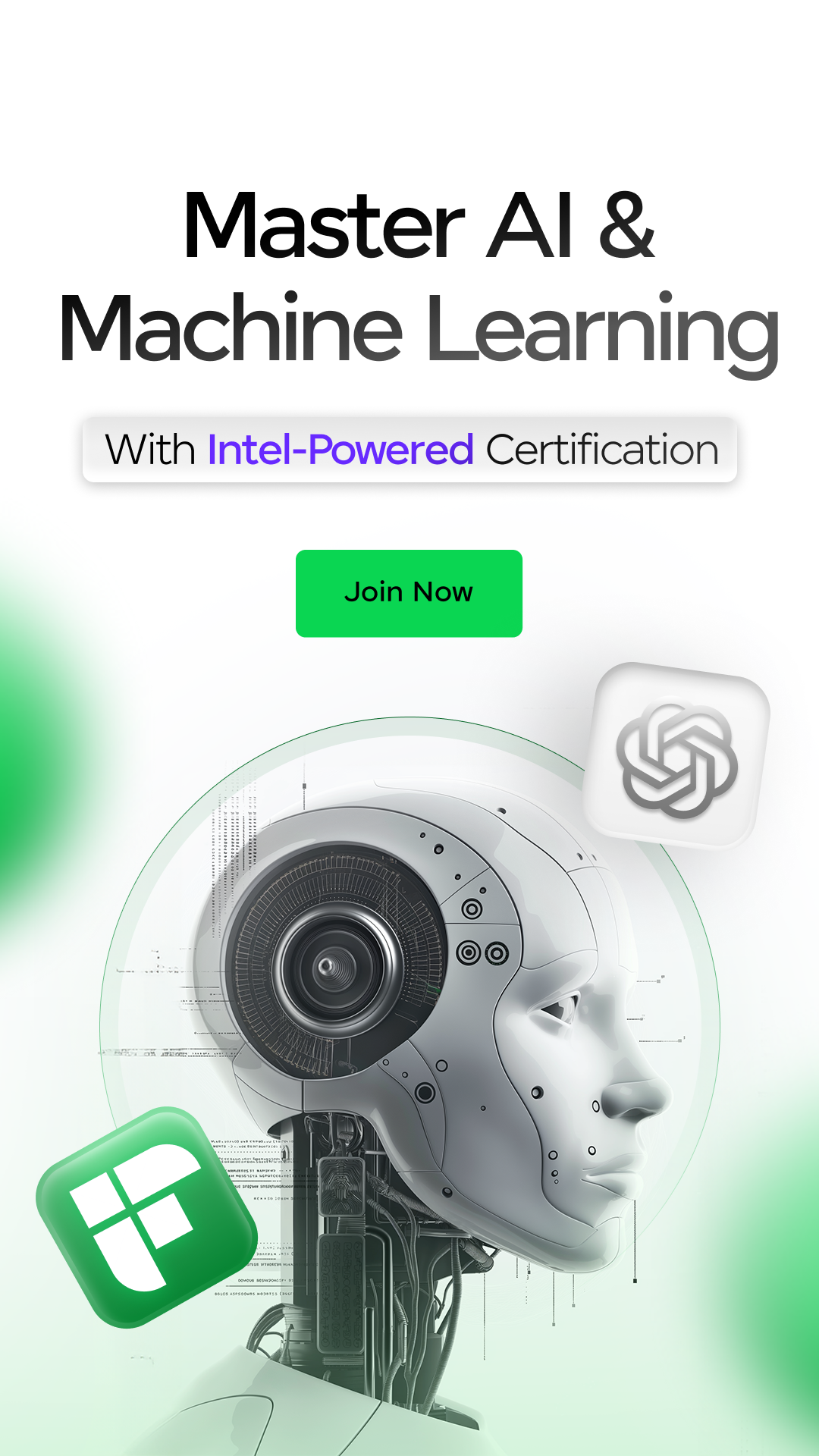













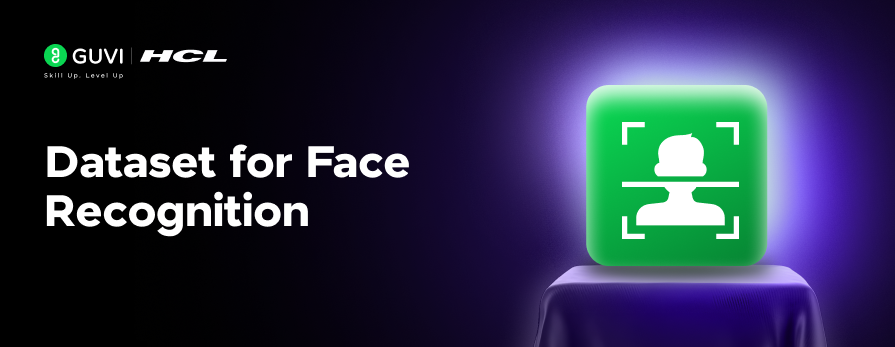

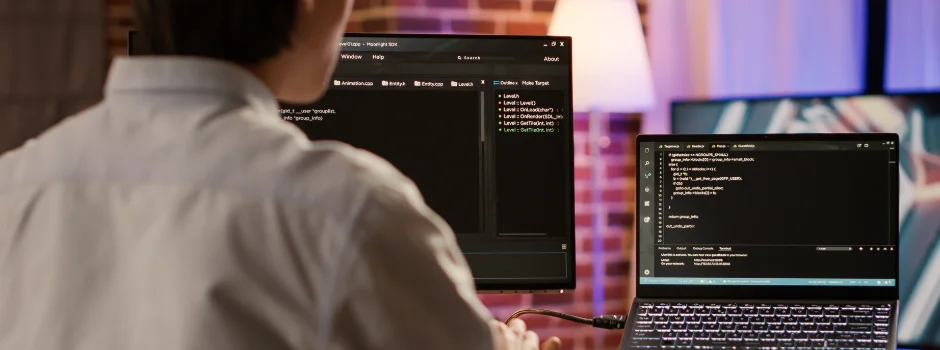
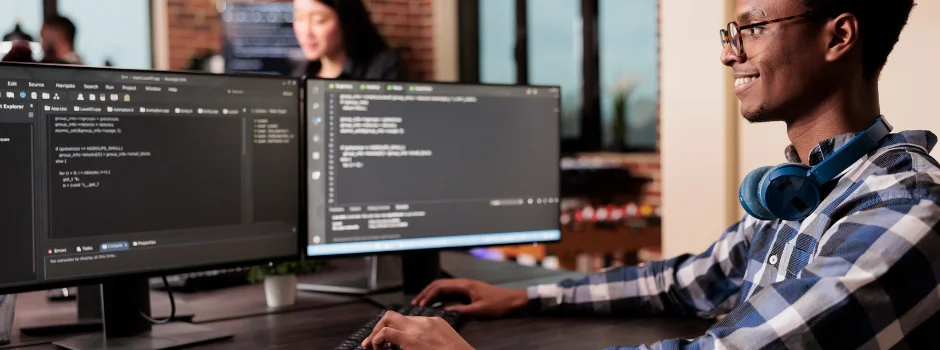
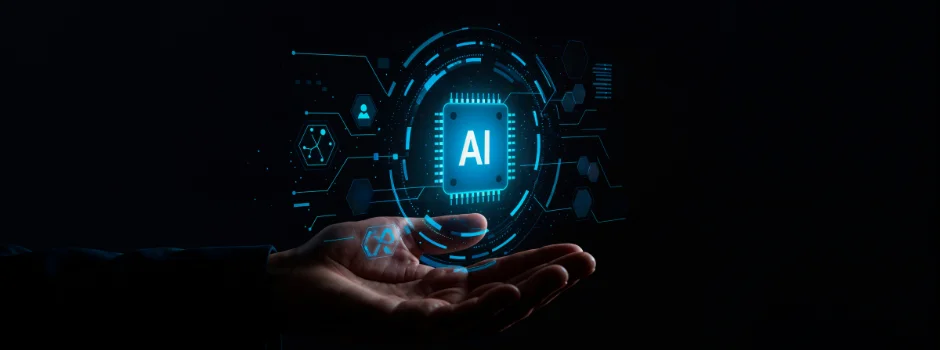
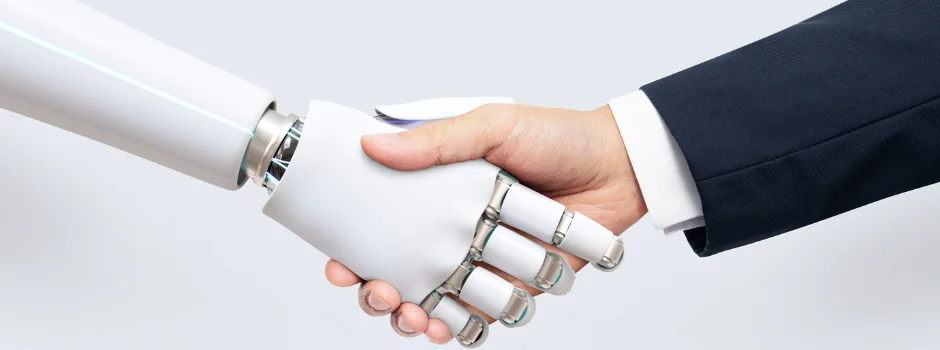
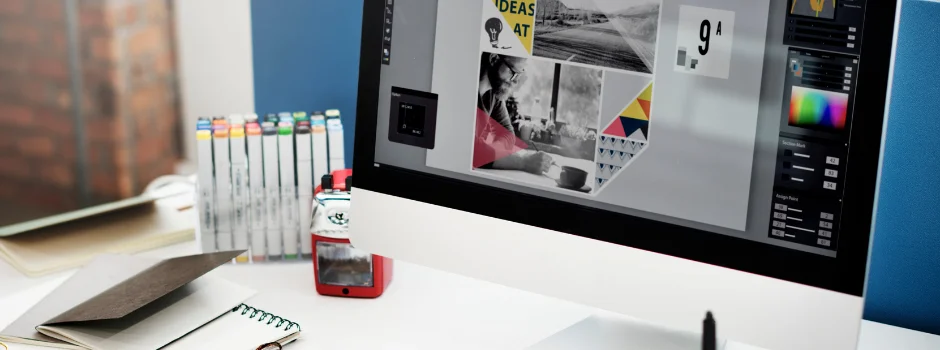






Did you enjoy this article?